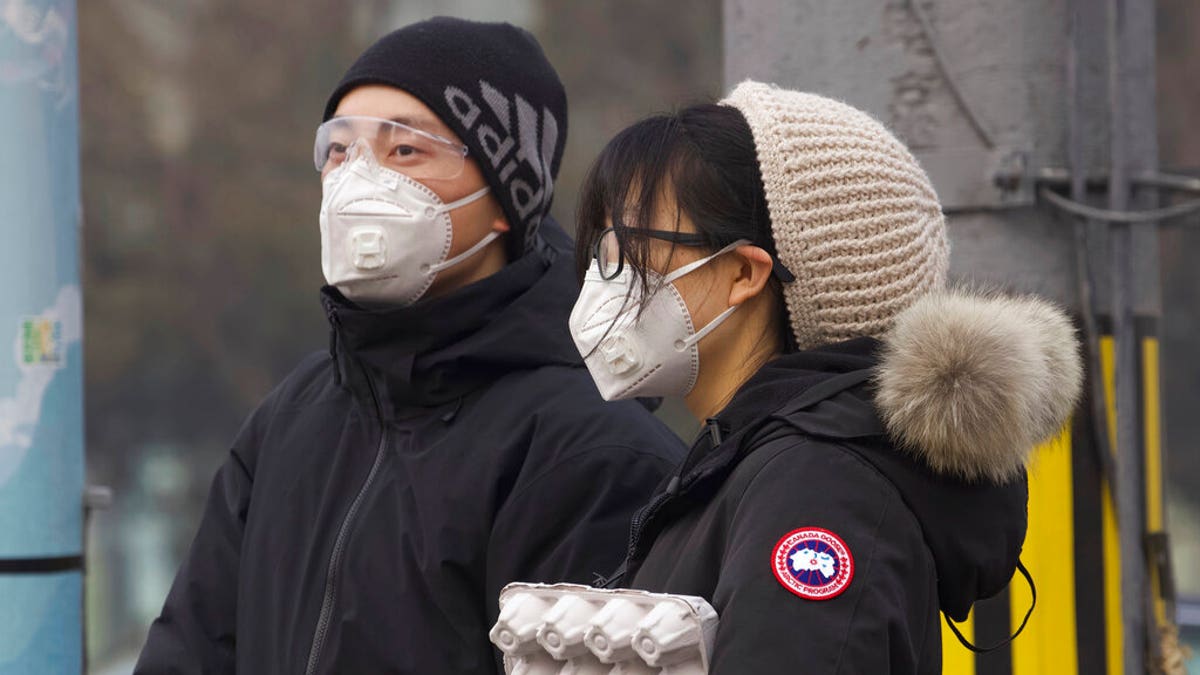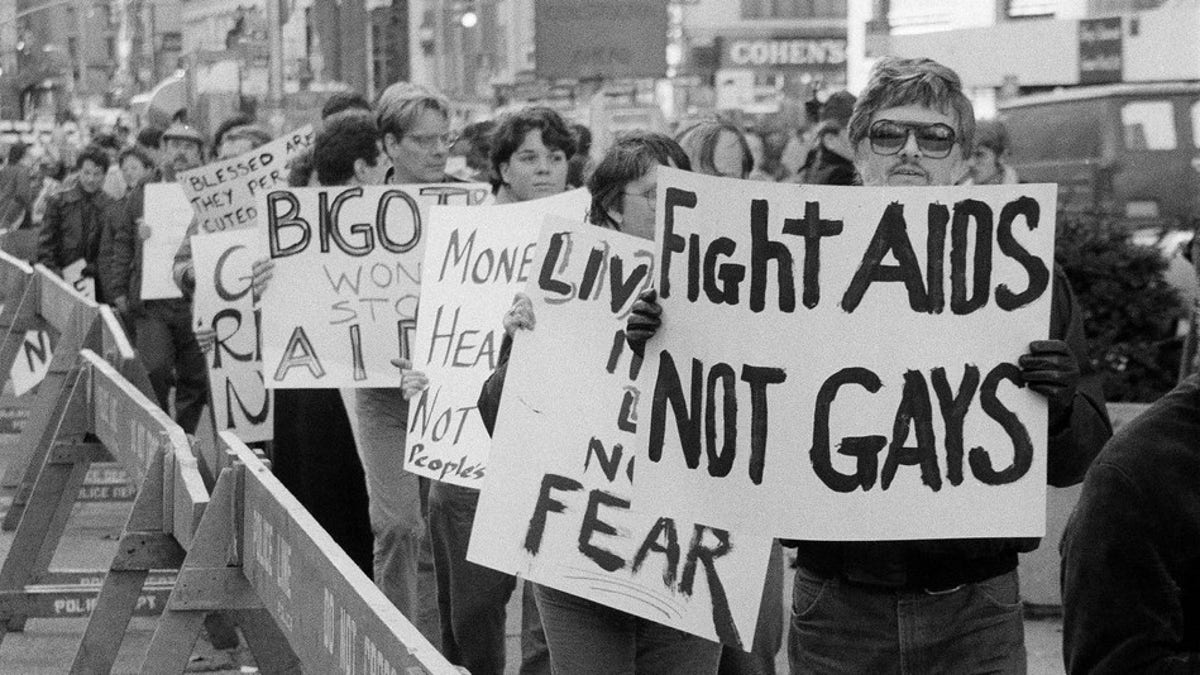The 5 deadliest disease epidemics in the United States
While the United States has remained relatively isolated from the worldwide outbreak of the coronavirus, it has dealt with some deadly disease epidemics throughout its history.
The deadly coronavirus has infected more than 60,000 people worldwide and killed at least 1,370 since it first emerged in the Chinese city of Wuhan late last year.
Though cases have been reported all over the world, 99 percent have been within mainland China. Only two deaths -- one in the Philippines and one in Hong Kong -- have been reported outside China.
The United States has remained relatively isolated from the virus. As of Thursday, there have only been 15 confirmed cases and no deaths.

Residents wearing masks wait at a traffic light in Beijing, China Thursday, Feb. 13, 2020. (AP)
In other times, however, the U.S. was not as immune to deadly outbreaks. Here are the five deadliest epidemics in U.S. history, according to health data analyzed by Fox News:
Cholera, 1830s to 1860s.
The United States, along with the rest of the world, experienced a wave of cholera -- an infection of the intestine -- between 1832 and 1866. The pandemic is believed to have begun in India before making its way into the United States by way of New York City. The disease claimed the lives of at least 12,000 Americans during that period.
Yellow Fever, 1878
In the 19th century, yellow fever was second only to cholera in terms of the number of lives it claimed in the United States. It came in waves beginning in the late 18th century. But its deadliest was the Yellow Fever Epidemic of 1878. In that year, the outbreak spread across most of the southern states. Some 120,000 cases were reported. Death estimates range between 13,000 and 20,000.
The Spanish Influenza, 1918
The Spanish Influenza, which swept the United States in 1918, is the worst single pandemic to enter the U.S. in its history. The virus spread worldwide between 1918 and 1919 and killed at least half a million U.S. citizens.

The Spanish Influenza claimed the lives of at least 500,000 Americans between 1918 and 1919. (cdc.gov)
Polio, 1952
Before the 1960s, polio gripped the nation’s fear for decades. The United States experienced multiple polio epidemics, but its worst was in the early 1950s. In 1952, an outbreak reached immense proportions. Of 58,000 cases reported that year, 21,000 were left with mild to disabling paralysis, and more than 3,000 died from the disease. A year later, Dr. Jonas Salk announced that he had successfully tested a vaccine against polio.

Jonas Salk, left, an American researcher and virologist, inoculating a young girl with the polio vaccine in 1954. (nih.gov)
According to the Centers for Disease Control and Prevention (CDC), the United States has been polio-free since 1979.
CLICK HERE TO GET THE FOX NEWS APP
HIV and AIDS, 1980s
HIV and AIDS first emerged in the United States in the early 1980s. The disease became an epidemic, primarily among homosexual men, reaching a peak of 130,000 cases in the United States in 1985.

Protesters in New York City, the epicenter of the HIV/AIDS epidemic in 1985. (georgetown.edu)
Despite successful efforts to reduce the annual number of new HIV infections in the U.S., the CDC estimates that more than 1 million people in the U.S. are still living with the virus, with as many as 50,000 people becoming newly affected every year.

